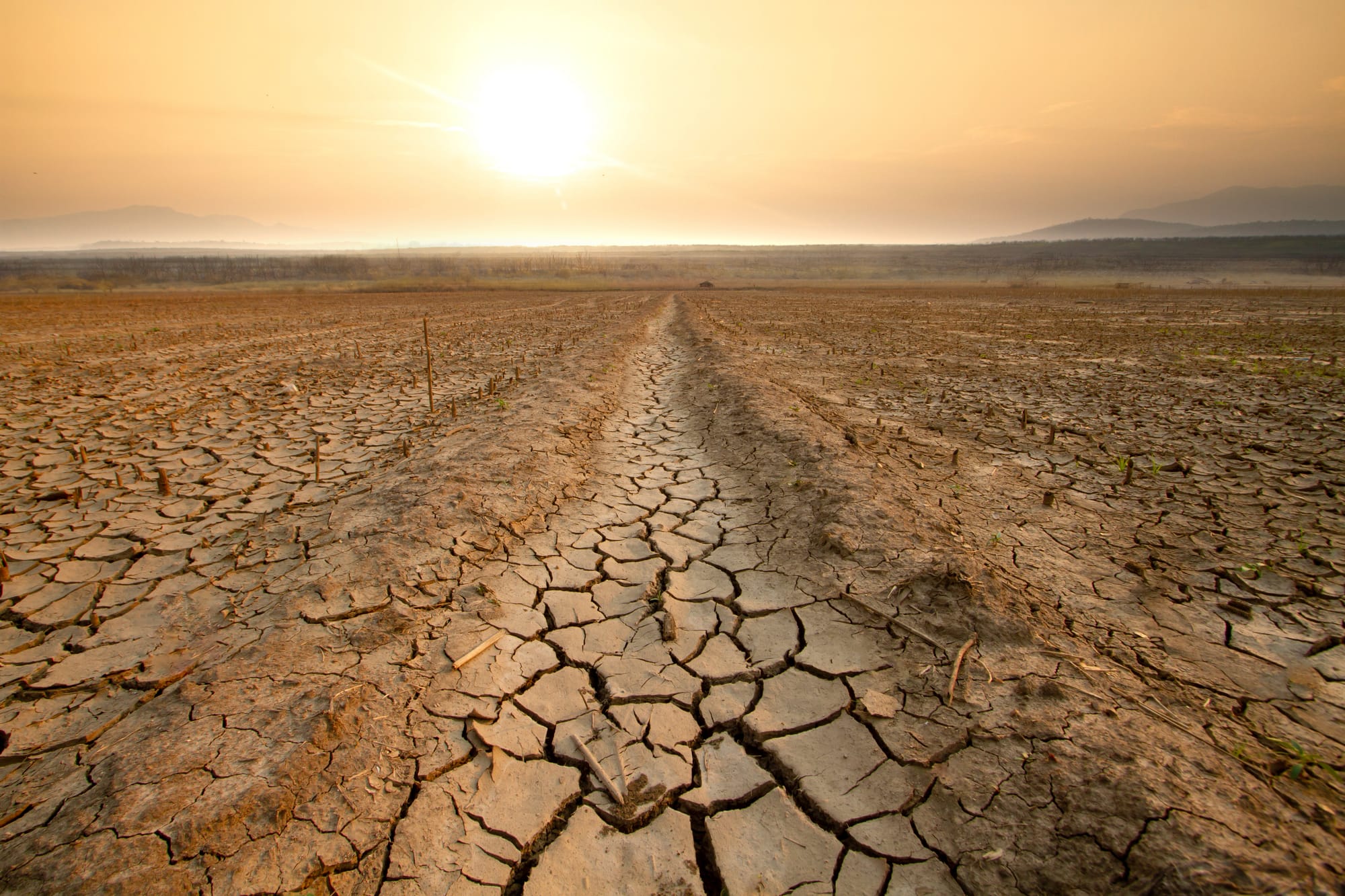
Pakistan faces some of the most severe climate challenges globally, ranking among the top ten countries most vulnerable to climate change impacts. Social analytics provides a powerful framework for understanding how climate stresses interact with social systems and identifying intervention points for building resilience. Traditional climate adaptation planning often relies on broad demographic data and generalized vulnerability assessments. Social analytics goes deeper, analyzing patterns in migration data, employment shifts, health outcomes, and community responses to identify specific population segments most at risk and the social dynamics that either enhance or undermine adaptive capacity. Mobile phone data, when properly anonymized and analyzed, reveals mobility patterns during extreme weather events. This information helps planners understand how communities actually respond to floods, heat waves, or droughts, rather than how they might theoretically respond. Such insights prove invaluable for designing early warning systems and evacuation procedures that align with actual behavior patterns. Agricultural communities represent a particularly important focus area. Social analytics can identify farmers who have successfully adopted climate-resilient practices and analyze the social networks through which innovations spread. This information enables targeted extension programs that work with existing community structures rather than against them. Urban areas present different analytical opportunities. Heat island mapping combined with socioeconomic data reveals neighborhoods where residents lack access to cooling resources during extreme heat events. Energy consumption patterns indicate which areas might benefit most from renewable energy interventions or efficiency upgrades. The key to effective climate resilience lies in understanding that technical solutions must align with social realities. Communities with strong social cohesion tend to recover more quickly from climate shocks, while areas with weak governance structures struggle even with adequate technical resources. Data-driven approaches help identify these social strengths and weaknesses, enabling programs that build on existing assets while addressing critical gaps. The result is climate adaptation that works with human systems rather than simply imposing technical fixes.